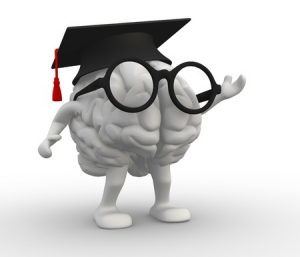A tension type headache is very different from a migraine [1]. It is actually its opposite! How can you differentiate it from a migraine attack?
You have a headache that you can recognise at the onset, which occurs once in a while:
– Light to moderate, not severe, which does not prevent you from functioning;
– On both sides of the head, similar to a headband, with pressure on the top of your head or behind your eyes;
– You are NOT nauseous;
– Light and sounds do not bother you (or very little);
– Pain is not pulsating like a heartbeat (or hammer blows);
– Pain does not increase if you are physically active, like going up steps or using physical force;
– Pain lasts for a few hours, goes away completely and easily with over-the-counter medicines.
If you have answered yes to these questions, you probably have a tension headache [2]. This headache is still misunderstood, more than migraine itself. Up to 80% of people will get this type of headache during their life. In stressful situations, pain can become more frequent. Some people will feel tension in the neck or in the jaw.
Tension headache is a primary headache, i.e. it is caused by an activation of brain areas that process pain signals, WITHOUT illnesses or lesions in the brain, sinuses, teeth, etc.
If you have attacks which prevent you from functioning, with nausea and sensitivity to sounds and light, you probably have migraines.
If you get any headache that is UNUSUAL, PROGRESSIVE or BRUTAL, you have to see a doctor.
Diagnostic criteria for episodic tension type headache
It should be noted that if people have tension-type headache on 15 days a month or more, then they are classified as suffering from chronic tension type headache.
1. Patients must have had at least 10 headache attacks of this type before a definite diagnosis can be made.
2. Headache attacks last from 30 minutes to 7 days.
3. The headache attacks should have at least 2 of the following characteristics:
Head pain on both sides of the head
Pressing, tightening, non-pulsating pain
Pain that is of mild or moderate intensity
During an attack, the pain is not made worse by exertion like climbing stairs
4. During a headache attack, both of the following apply:
No Nausea or vomiting
No more than one of light sensitivity or sound sensitivity
5. No other cause for the headache must be apparent from the history and physical examination.
